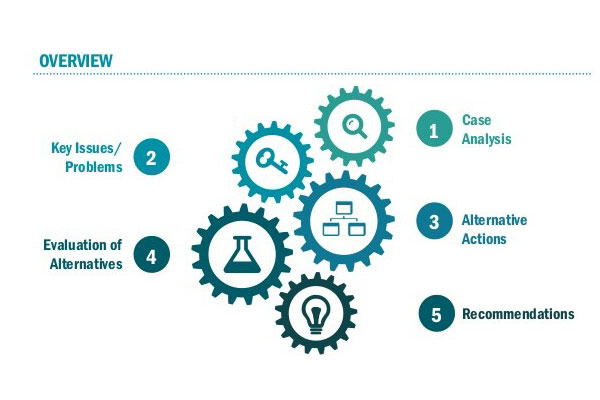.elementor-15322 .elementor-element.elementor-element-d4683a6 .elementor-posts-container .elementor-post__thumbnail{padding-bottom:calc( 0.66 * 100% );}.elementor-15322 .elementor-element.elementor-element-d4683a6:after{content:”0.66″;}.elementor-15322 .elementor-element.elementor-element-d4683a6 .elementor-post__meta-data span + span:before{content:”•”;}.elementor-15322 .elementor-element.elementor-element-d4683a6{–grid-column-gap:30px;–grid-row-gap:35px;}.elementor-15322 .elementor-element.elementor-element-d4683a6 .elementor-post__text{margin-top:20px;}.elementor-15322 .elementor-element.elementor-element-d4683a6 .elementor-post__badge{right:0;}.elementor-15322 .elementor-element.elementor-element-d4683a6 .elementor-post__card .elementor-post__badge{margin:20px;}@media(max-width:767px){.elementor-15322 .elementor-element.elementor-element-d4683a6 .elementor-posts-container .elementor-post__thumbnail{padding-bottom:calc( 0.5 * 100% );}.elementor-15322 .elementor-element.elementor-element-d4683a6:after{content:”0.5″;}}
Marketers are aware of how and when they are marketed to. The most common way to market to us every day is through email. Our email inboxes are filled so much we have three inboxes at Google, one of the largest providers. But it still isn’t enough!
My experience with email is as follows: some good, worse, and most of my email is ugly. We’re not just talking about an ugly face; we’re talking about Clint Eastwood facing you in a three-way duel. Yeah, that’s not good.
Here are some real email marketing messages I’ve received over the last few months – not a stare down. These examples should give you an understanding of how to send better messages and why marketing messages sometimes fall flat.
The Good
Let’s start with the good because, hey, that’s what we’re here for: to help you be better at email marketing.
Our team has been using Grammarly’s product for a long time and frequently curates and measures content using their product. Grammarly’s email interaction with me over the past year has been exceptional. As a rule, I received billing statements and notifications when they made significant changes (which wasn’t often). They sent me alerts when they changed their product, but they didn’t send me any other emails. Grammatically stayed in touch but did not pester me to upgrade my subscription or send me emails that were irrelevant to my subscriber level. Their emails made sense to me.
After spending a little time using Grammarly, I realized I didn’t need to pay for it, so I cancelled my subscription (which was easy and pain-free, by the way – being transparent pays off).
After I cancelled my subscription, I received an email from James, the co-founder of Grammarly:
Whether this is an automated message, which it probably is, or something sent by James, it’s a great strategy. Grammarly let me go and let me recuperate instead of making me angry with its inaccessibility. Eventually, after some time apart, they return and offer me something.
I love Grammarly, as I said before. This product has been paid for for over a year, and they know I’m not going to refuse the trial. I once again said yes, and I was given access to the Pro version of their product.
This is a no-lose situation for Grammarly. The worst that can happen is that I use the product for two weeks and then return it to my free account. If I realize I can’t live without the paid subscription and sign up again, Grammarly has regained a customer with one short email and a carrot-dangle freebie.
There’s nothing complicated about it, but it’s genius.
The Bad
When it comes to email marketing, the biggest problem is that we get so much mail. The Promotions tab in my Gmail account shows that I already have 12 emails (and counting). I seem to have glanced at one of them accidentally since my inbox shows that I’ve seen it.
After finishing my work day and all the emails it entails, how am I supposed to read 17 emails? I find it hard to believe! Email marketing is an effective tactic, as I am telling you here.
What gives?
Email is an excellent communication tool. It’s becoming more difficult to a) hear through the noise or b) block out the noise, but it’s no less convenient to carry out business and personal tasks. There needs to be less email somehow.
CAN-SPAM and CASL – strict anti-spam email laws aimed at businesses and marketers – have significantly helped. Nevertheless, marketers must take matters into their own hands when creating and sending marketing messages.
The Ugly
Despite my fear, I am going to write about this.
I play daily fantasy hockey in my spare time. Those unfamiliar with daily fantasy sports are one-day contests in which users draft real-life athletes with salary caps and receive prizes based on the points generated by their lineups. You may be familiar with companies like DraftKings and FanDuel.
To select better teams (because winning is fun! ), and I downloaded a trial version. After signing up for this trial, I received the following emails:
The screenshot demonstrates quite a few very wrong things, but the most obvious thing is that this screenshot displays a lot of emails. A total of eight messages on eight days, two messages on some of the days. It’s never okay to send this much email to your target audience unless you send them real presents on each of the 12 days of Christmas.
Two big no-nos about this flurry of emails are their subjects. My daily fantasy hockey game was mentioned, correct? These emails relate either to the NBA or NFL; I don’t play basketball or football, so I don’t need these emails.
The toolmakers know how their customers are using it, or they should make it a priority to do so. They do not segment their lists or send meaningful messages, and I have unsubscribed and will not subscribe to their paid product since they don’t.
After successfully converting me on a free trial, these guys could not gain a new customer due to poor email marketing. It’s not pretty.
We use email every day – and it’s not going anywhere. It is part of the daily battle we wage against our inboxes to ignore spam and other unsent emails. Finding the right balance between timing, frequency, and content is the secret to successful email marketing.











































